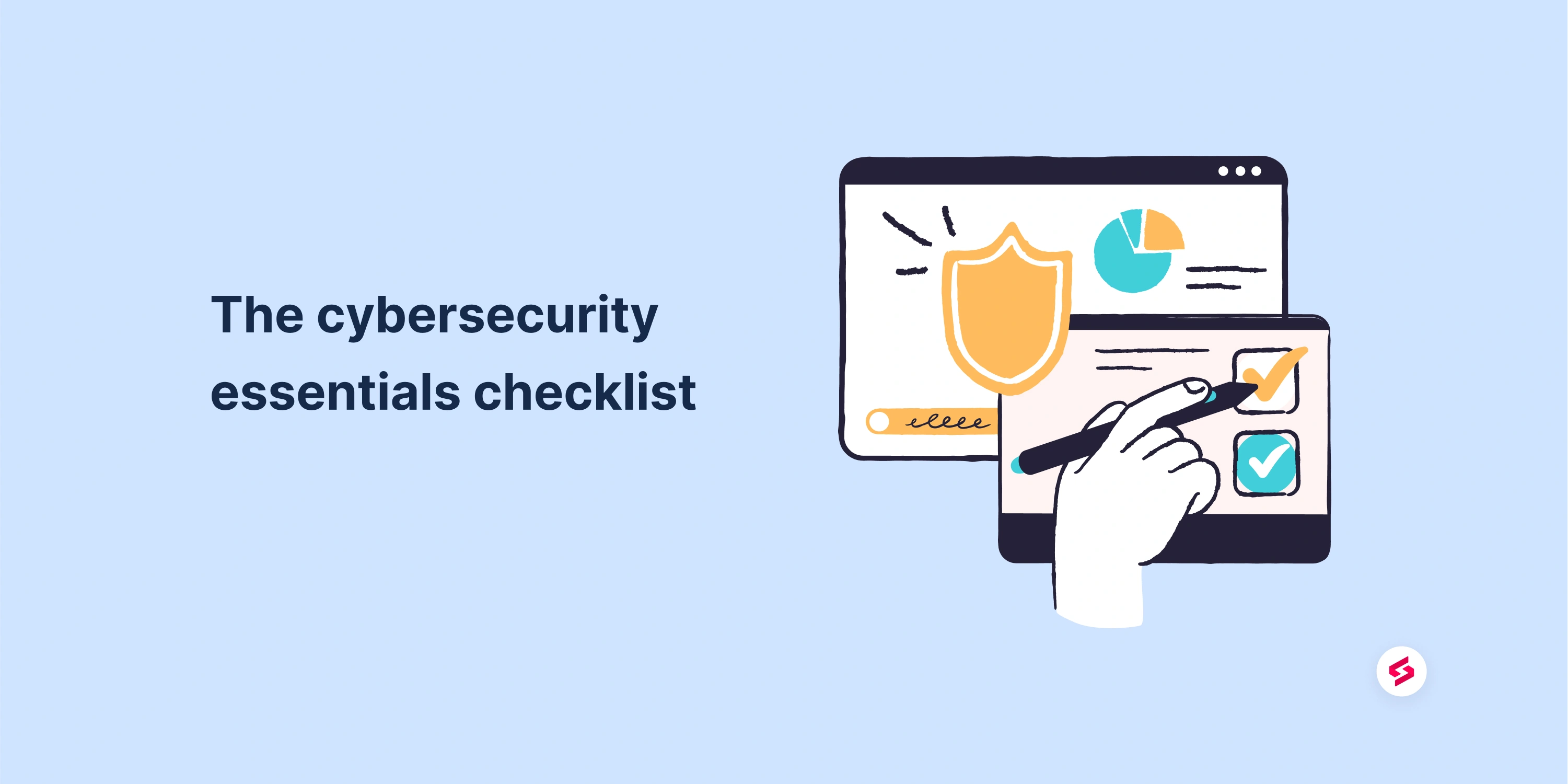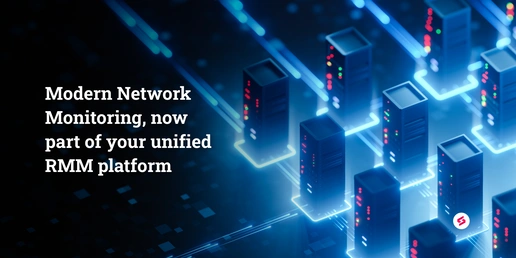Cyberattacks can cause serious repercussions to a business that go beyond losing a few thousand dollars or losing a few clients. Is your single layer of defense good enough anymore?
As cyberattacks get more and more sophisticated, anything becomes a loophole for security issues to creep through, from emails and web browsers to everything in between. Antivirus software and firewall solutions can only do so much, making the need for a holistic approach to security stronger than ever. Predict, spot, and pull the plug on any threats to your client environment with this cybersecurity essentials checklist.
Before that, if you want to know why your MSP needs a cybersecurity offering, head here.
1. Network security tools
A comprehensive software suite for network security helps you implement, track, and update security policies across your network access points. Network security leverages a wide range of software and hardware technologies, strategies, and solutions to curb threats targeting your network. Some of the common network security tools include antivirus software, virtual private network (VPN), firewall, SIEM, email security, intrusion prevention systems (IPS), and much more. These tools focus on protection (protecting the network from falling into the wrong hands), detection (identifying network anomalies), and response (responding and rectifying the identified anomalies without disrupting operations).
2. Password management
When it comes to security, cover your bases first. No security measure is good enough if your client’s password is, well, “password”. While it’s understandable that clients would prioritize ease of use above security, it falls on you to implement robust password management policies prompting users to comply with the best practices.
3. DLP
Data Loss Prevention (DLP) is a set of procedures, software, and processes that control the transferring of corporate data outside the protected network. Stringent data policies such as DLP become extremely essential as employees continue to be the weakest link in cybersecurity. When an employee knowingly or unknowingly tries to forward a sensitive email to an unknown domain or transfers a corporate file through an unauthorized or public medium, the permission would be denied with a DLP solution.
4. SIEM
Security Information and Event Management or SIEM couples security information management (SIM) and security event management (SEM) to offer you real-time insights into potential threats before they impact your business. Besides monitoring and logging security data for auditing purposes, SIEM solutions use artificial intelligence to detect anomalies and automate alerts based on the severity of events. SIEM is highly efficient as it pulls out relevant insights from a huge volume of security data, which is impossible to do manually.
5. Identity and access management (IAM)
IAM makes sure only the right people in your client organization have access to the enterprise assets. Users may include technicians, and devices may include applications, servers, and laptop devices. The objective of IAM is to verify by default rather than trust by default, ensuring users only have permission to access the tools they need to do their job. This will minimize insider threats, in an environment where tools are restricted for users who won't ever need to access them.
6. Firewall
A firewall is an extension of network security policies as it controls the incoming and outgoing network traffic based on predefined security policies. Firewall applications act as a wall between authorized and unauthorized traffic, i.e., between your infrastructure and any network it didn’t solicit.
7. Network segmentation
Network segmentation is a security framework that allows you to divide an infrastructure into smaller networks or subnets, where each acts as an individual network with its own granular level security controls. Segmentation limits how widely an attack can spread. When a bank’s visitor network is segmented from the main network, any intrusion in the weakest link is isolated and dealt with before it has a chance to disrupt the main network.
8. Remote access VPN
Virtual Private Network or VPN refers to masking the identity and location of a private network while using public networks. The VPN host hides the IP address of the private network by redirecting it through a specially configured remote server. With a VPN, you can safeguard your online behavior even while using public networks, keeping brute force attacks at bay. VPN becomes a table-stake security feature as the remote workforce continues to access enterprise applications through personal devices and unauthorized networks.
9. ZTNA
Zero Trust Network Access or ZTNA creates a logic-based access control over applications. With a deny-by-default approach, access to these applications is denied to every user unless allowed or whitelisted already. The provision of access is thoroughly context-based and role-based, securing remote workforce and IoT devices from attacks that bank on weak verification such as TCP session hijacking and OTP threats.
10. IPS
Intrusion Prevention Systems or IPS detect and resolve identified threats in an environment. IPS constantly monitors an environment and takes action in instances such as:
- When an attack matches the pattern of common attacks such as denial of service (DoS) and distributed denial of service (DDoS)
- When any anomaly is detected in the network
- When a security policy is violated
IPS reacts to instances such as these by blocking the target source, removing the malicious content from the environment, and reconfiguring the policies to identify issues of similar patterns in the future.
11. Sandboxing
Sandboxing is a security technique where codes are tested in an isolated test environment so that no un-secure code gets the chance to corrupt production data. It ensures software malignancies don’t spread and are contained in the testing stage. Sandboxing is an extremely useful feature for MSPs as they constantly work with third-party software and open-source applications. You can test the applications before you integrate them with your platform.
12. BDR
Implement Backup and Data Recovery (BDR) plans, which will help you quickly recover and bounce back from a security incident and mitigate the after-effects as much as possible. As the volume of enterprise data goes up, securing regular backups of data becomes essential so you can quickly get your business back on its feet should something go wrong, or should a data theft or natural disaster occur.
Up your security game
No single layer of security keeps your client environment safe, no matter how advanced. With a multi-layered security approach that applies different degrees of security over different applications, you make the environment practically impenetrable, while having the ability to quickly detect, respond to, and prevent threats.
Seal your bases with two-factor authentication, password policies, and firewall applications while fortifying the initial layer with zero-trust security, intrusion prevention, and intelligent detection for holistic protection that a single layer of defense can’t provide.





